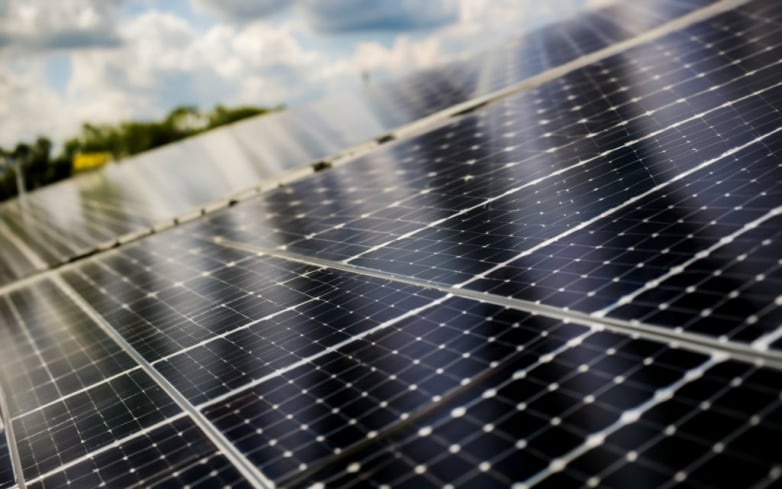New Material Breakthrough: Boosting Efficiency of Silicon Solar Cells
- Lithuanian researchers have developed a new material, tin zirconium titanium selenide, that could significantly improve the efficiency of silicon solar cells by converting previously unused light into extra energy.

A research group from Lithuania's Center for Physical Sciences and Technology, along with partners from Tallinn University of Technology in Estonia, have developed a new material that could enhance the efficiency of silicon solar cells. The team focused on semiconductors with a chemical structure typical of perovskite materials, exploring compounds with sulfur/selenium and non-toxic metals. They synthesized a new material called tin zirconium titanium selenide and found that it was the most promising for photovoltaic applications. The material can absorb short-wavelength infrared light, which is not absorbed by conventional silicon solar cells, and convert it into extra energy, boosting overall efficiency.
The researchers believe that using abundant and non-toxic elements in renewable energy materials is important given the current geopolitical situation in Europe and environmental concerns. The next step for the team is to synthesize a thin film of the material for fabrication and testing of a solar device.
How does the new material developed by Lithuanian and Estonian researchers enhance solar cell efficiency?
- The new material developed by Lithuanian and Estonian researchers is called tin zirconium titanium selenide.
- The material is a semiconductor with a chemical structure typical of perovskite materials.
- The researchers focused on compounds with sulfur/selenium and non-toxic metals.
- Tin zirconium titanium selenide was found to be the most promising material for photovoltaic applications.
- The material has the ability to absorb short-wavelength infrared light, which is not absorbed by conventional silicon solar cells.
- By absorbing this light, the material can convert it into extra energy, thereby boosting the overall efficiency of solar cells.
- The use of abundant and non-toxic elements in renewable energy materials is considered important by the researchers, especially in light of the current geopolitical situation in Europe and environmental concerns.
- The next step for the research team is to synthesize a thin film of the material for fabrication and testing of a solar device.
Also read
- Revolutionizing Solar Power: Tandem Cells on the Rise
- Boosting Perovskite/Organic Solar Cell Efficiency with New Strategy
- Revolutionizing Solar Energy: Key to Efficient Organic Cells
- Revolutionary Solar Cells Power Drone with Unprecedented Efficiency
- Unlocking Perovskite Secrets: Next-Gen Solar Cell Breakthrough
